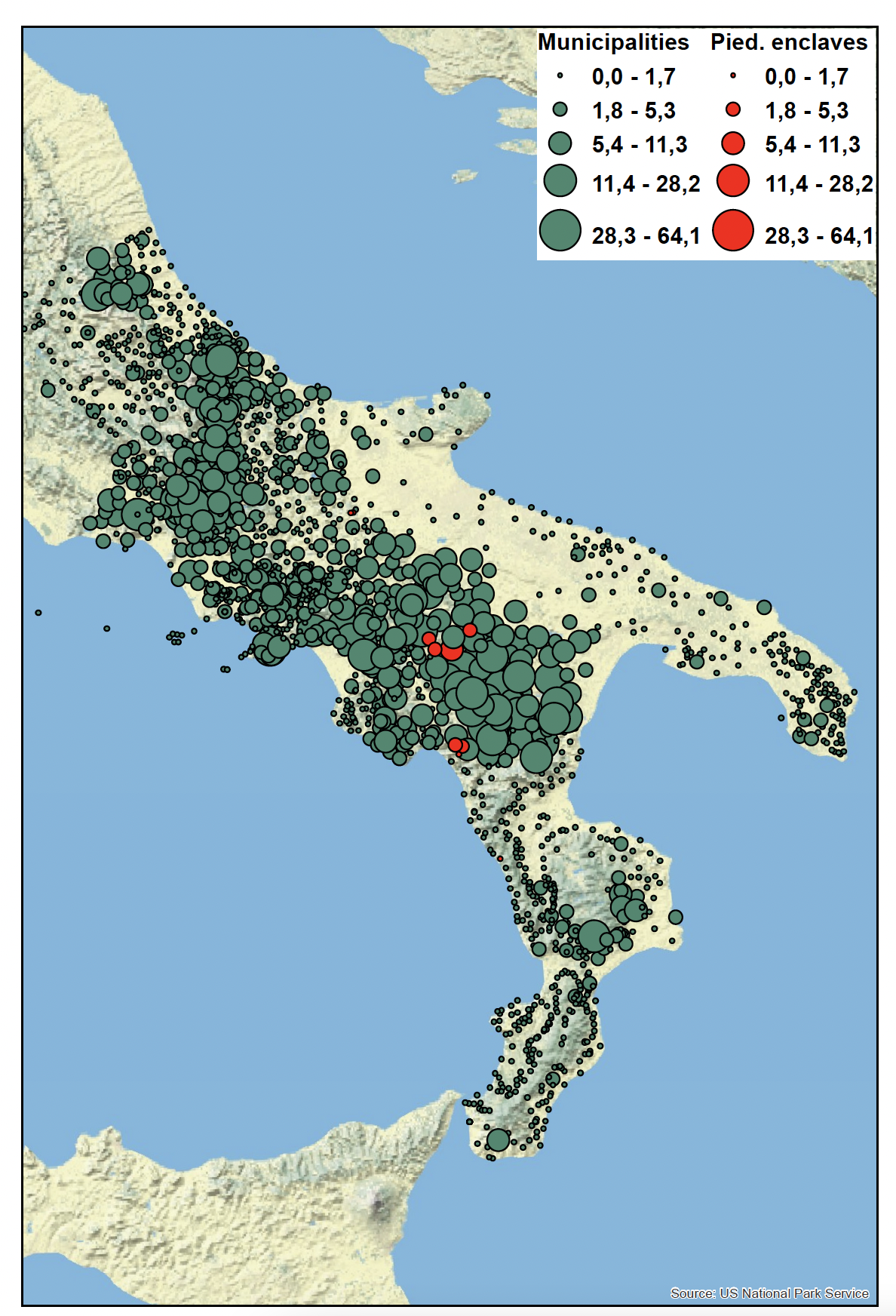Last month, at the City University of New York, I lectured about how evolutions in data-led policing strategies helped New York City reduce annual murder numbers from 2,245 in 1990 to just 292 in 2017 — and from 93 annual fatal police shootings in 1971 to just six a half-century later.
At the same time, city jail and New York State prison populations have also seen their numbers more than halved.
My presentation was layered with both data and descriptions of the tensions inherent in researching neighborhood crime dynamics.
Following my talk, I invited students to discuss these notable statistical shifts.
What I heard from those bold enough to actually speak floored me: They told me it was racist to use data to discuss policing.
All the more so, because I’m a white woman.


I shouldn’t have been surprised.
From outraged Gen-Zers to hardened politicians, deploying data — rather than relying on one’s own “lived experiences” — is now verboten when engaging with “triggering” topics such as race or human behavior.
Blame it on former Mayor Bill de Blasio for popularizing such feelings-based tactics.
Over the course of his second term, he sufficiently flouted data and numbers to commit New York to replacing its beleaguered jail system with a new one far too modest to house all inmates.
Later, in his showpiece 2021 NYC Police Reform and Reinvention Collaborative Plan, he heavily based NYPD policy and priority shifts on the personal experiences collected from 85 group feedback sessions rather than relying on facts or figures.
In one such session, I observed a 20-something advocate instruct NYPD First Deputy Commissioner Benjamin Tucker that “young people” should lead policy, while an anthropology professor suggested anthropology was key to reimagining law enforcement.
Bafflingly, such proposals were treated as expert analysis.

This feelings-first/facts-second mentality is not just limited to our former mayor.
It has also helped bolster weak criminal justice policies, one-dimensional media reporting and a generation of youth incapable of interpreting reality through rigorous examination.
It also represents an alarming reversal to the city’s decades-long approach to criminal-justice policy.
Federal mandates in the 1960s required police departments to begin collecting crime stats.
Over the next 20 years, the NYPD tallied key data points such as the number of officer firearm discharges and response times to crime-in-progress calls.
And in the 1990s, CompStat — which tracks crime and holds precinct commanders accountable for their numbers — pushed police to identify more nuanced patterns in this data, such as when shootings coincided with illegal dice games.
These insights enabled cops to disrupt lower-level offenses, while preventing more serious crimes.

Indeed, it was by digging doggedly into the stories behind those numbers that the city achieved its most remarkable declines in crime, police aggression and incarceration.
But today, even relative progressives like Mayor Adams are having little luck with data.
Last month Adams requested data-driven legislative changes that would help keep the 327 shoplifting recidivists responsible for 30% of the city’s retail theft from causing more mayhem.
But his proposal was dismissed—a pattern that will likely persist unless our data-hostile climate changes.
Data is also becoming more difficult to come by following a suppression in record-keeping as a result of the 2017 Raise the Age legislation.
The law obscures case outcomes for approximately 83% of felonies and 75% of violent crimes committed by 16 and 17-year-olds.
This makes it virtually impossible not only for crime victims and prosecutors to know case outcomes, but for policy analysts to use hard evidence to measure the legislation’s impact.

This erosion of deep insight by relinquishing the demand for detailed data has also crossed over into how criminal justice-policy is reported.
The New York Times ran an op-ed last month sloppily claiming “2022 had the most police killings on record with Black people disproportionately more likely to be killed by police than white people.”
But this echo-chamber claim, also trumpeted by The Guardian and Bloomberg, is based on a record-keeping that only began in 2013.
Were police killings significantly higher in prior years? Definitely. Has evidence to date conclusively established racial bias as the reason for racial disparities among victims of police officers lethal force? Nope.
So collectively uncomfortable have we become demanding real investigation that policymakers can safely claim just about anything.
Since New York state bail reform, the reoffending rate has only been 1% or 2%, say our Senate majority leader and city comptroller.
But how are they basing this measurement? On the small population of persistent reoffenders whom the legislation impacted? No.
Are they counting each incident if an individual reoffends multiple times? No.
Instead, they are counting whether or not a person reoffends — as opposed to the number of times he reoffends in total.

This city used to care about intelligent, informed policymaking – because we cared about actual New Yorkers’ outcomes.
Now we only care about whose version of reality sounds (or feels) the least racist—and go with whatever policy they insist on.
The city achieved truly meteoric declines in violence, imprisonment and use of police force by letting the data tell us nuanced — sometimes unintuitive — stories.
If we keep muffling that data, we will never see those wins again.
Hannah E. Meyers is the Director of Policing and Public Safety at The Manhattan Institute.
















